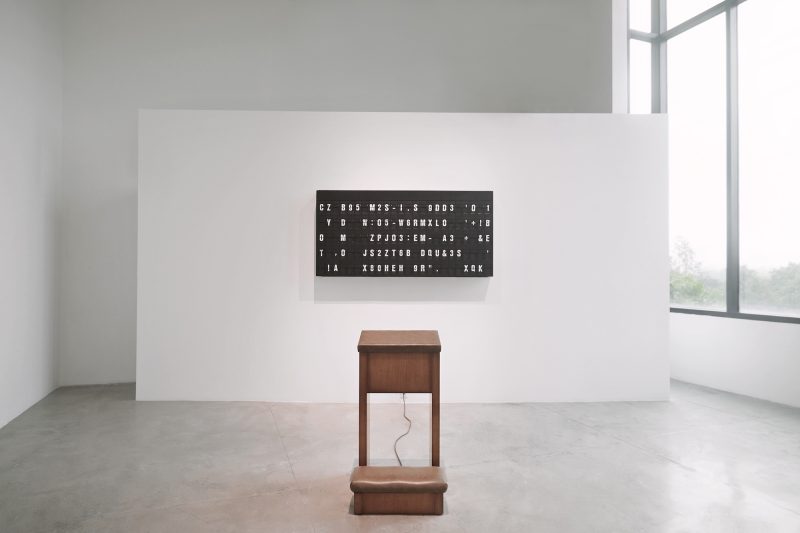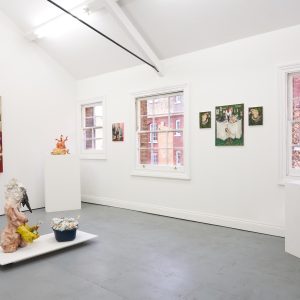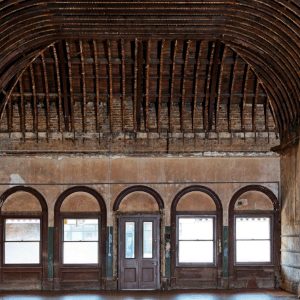Tate Modern presents Electric Dreams – Art and Technology Before the Internet.
This autumn, Tate Modern will celebrate the early innovators of optical, kinetic, programmed and digital art, who forged a new era of immersive environments and art works engaging with new technologies.
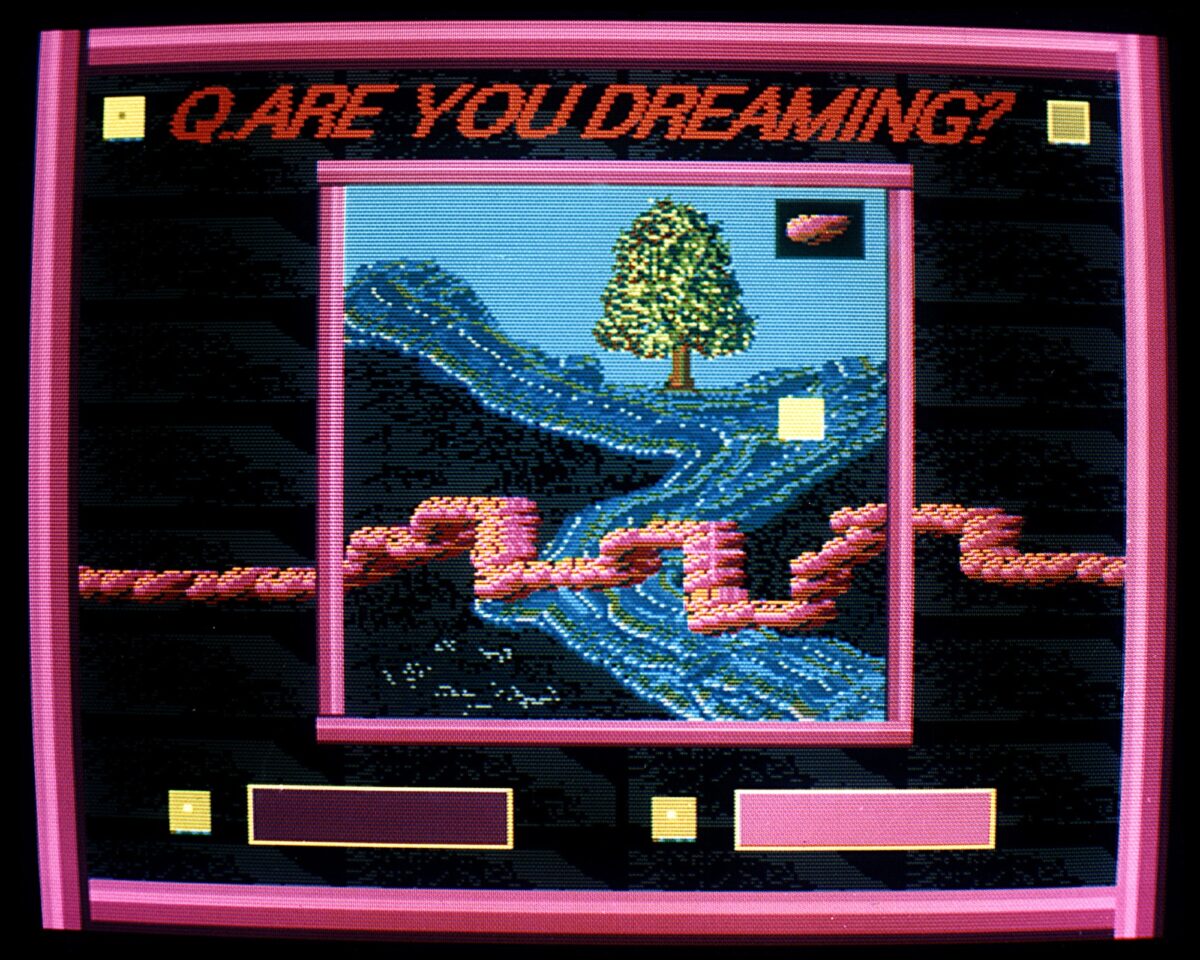
Electric Dreams will bring together an international network of more than 70 artists working between the 1950s and the dawn of the internet age, who took inspiration from science to create art that expands and tests the senses. These groundbreaking figures from across Asia, Europe and the Americas responded to the growing presence of technology in our lives by finding new ways to work with machines – often reclaiming them from the military and corporate interests that drove their evolution. Featuring over 150 works, many of which are shown in the UK for the first time, this ambitious exhibition will be a rare opportunity to experience incredible vintage tech art in action – from mesmerising psychedelic installations to early experiments made with home computers and video synthesisers.
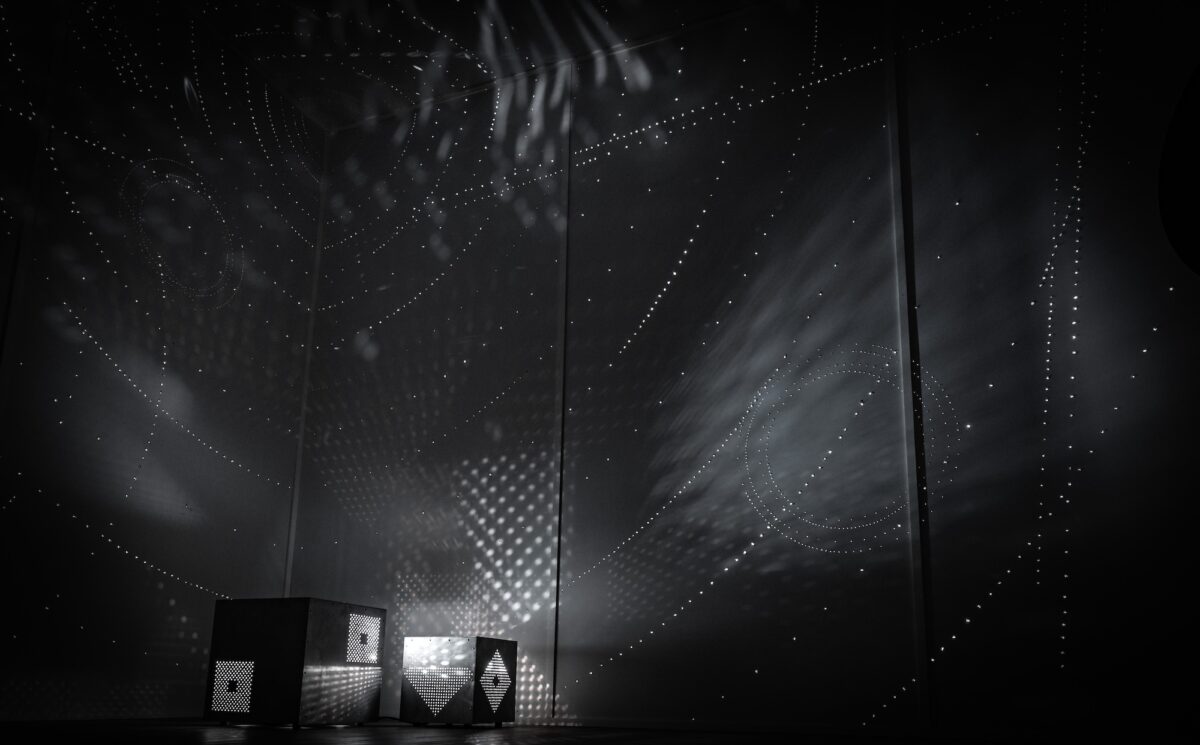
Electric Dreams will explore how artists used cutting-edge tools to expand cultural horizons and imagine the future we are now living in. Immersive installations will feature throughout the show, bringing to life radical experiments with light from across five decades. Footage of the iconic Electric Dress 1957 by Japanese artist Atsuko Tanaka of the Gutai group will be shown alongside her stunning circuit-like drawings. German artist Otto Piene’s Light Room (Jena) will surround viewers in a continuous light ‘ballet’, while Venezuelan artist Carlos Cruz Diez’s captivating Chromointerferent Environment 1974-2009 uses moving projections to create a mind-bending lattice of coloured lines that challenges our perceptions of colour and space. British-Canadian Brion Gysin’s extraordinary homemade mechanical device, Dreamachine no.9 1960-76 creates kaleidoscopic patterns that induce a dream-like state in the viewer, and Japanese artist Tatsuo Miyajima’s eight-metre-long wall installation of flashing LED lights, Lattice B 1990, meditates on how time is measured and understood.

These will be interspersed with a series of group rooms reuniting artists from key historic exhibitions, highlighting their shared interests in abstraction, kineticism, perception, information theory and cybernetics. They include early shows staged by ZERO – a German-based group founded in the 1950s by Heinz Mack and Otto Piene, as well as the influential series of ‘New Tendencies’ exhibitions of the 1960s, which firmly established Zagreb as an epicentre of kinetic and digital art. Aleksandar Srnec and Julio Le Parc’s use of geometric structures and light to create optical effects will be shown alongside works by members of Italy’s Arte Programmata groups including Marina Apollonio and Grazia Varisco. London’s own groundbreaking ‘Cybernetic Serendipity’ exhibition held at the ICA in 1968 will be explored alongside US artist Harold Cohen’s 1979 painting based on drawings generated by his software AARON, an early precursor of today’s art-making AIs. Works adopting a DIY ethos will also be brought together, showing how artists developed their own hi-tech tools and techniques, including the video synthesizer used by Nam June Paik from Korea, and the experiments with photocopiers and computer graphics by Sonia Landy Sheridan from the USA.
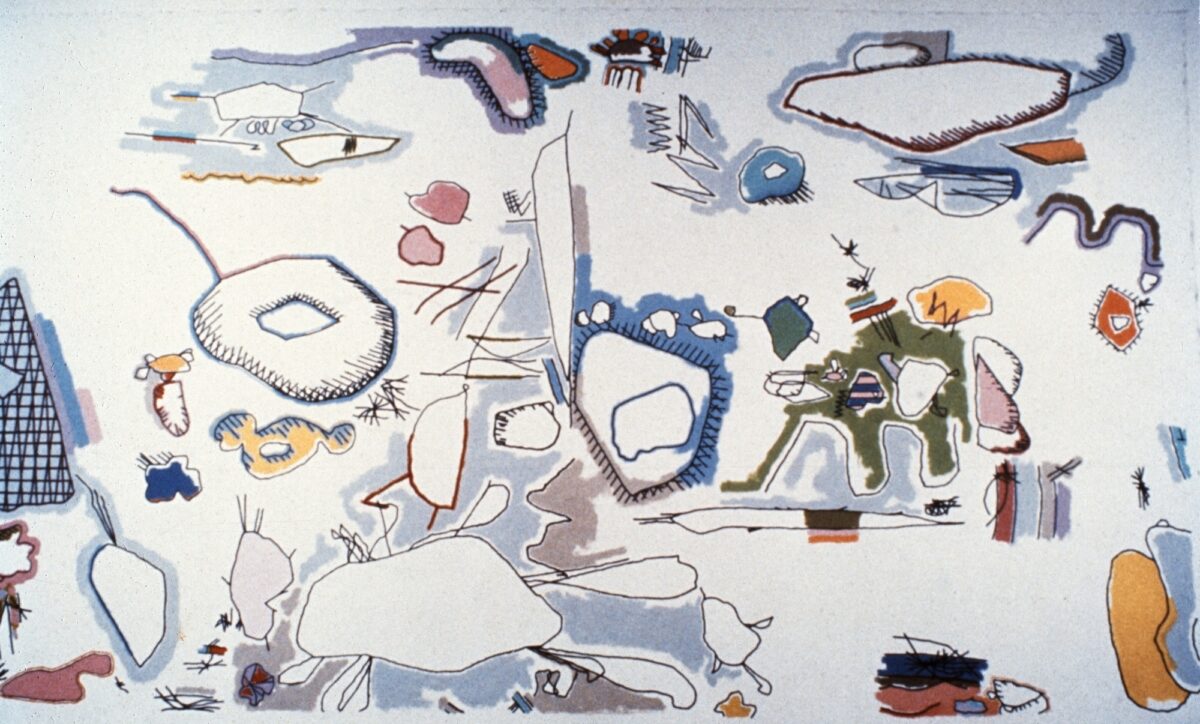
Many of the artists in Electric Dreams were among the very first to adopt new digital technologies in their radical experiments. US artist Rebecca Allen developed cutting-edge motion-capture and 3D modelling techniques in the 1980s, which she used in her award-winning music video for the band Kraftwerk. This will be presented at Tate Modern alongside Brazilian Eduardo Kac’s colourful text poems produced with Minitel machines, a form of networked computing that anticipated the widespread adoption of the internet. Art made on early home computers will include Palestinian artist Samia Halaby’s trailblazing kinetic paintings created after teaching herself how to code on an Amiga 1000, and British artist Suzanne Treister’s series of prescient Fictional Videogame Stills from the early 1990s.
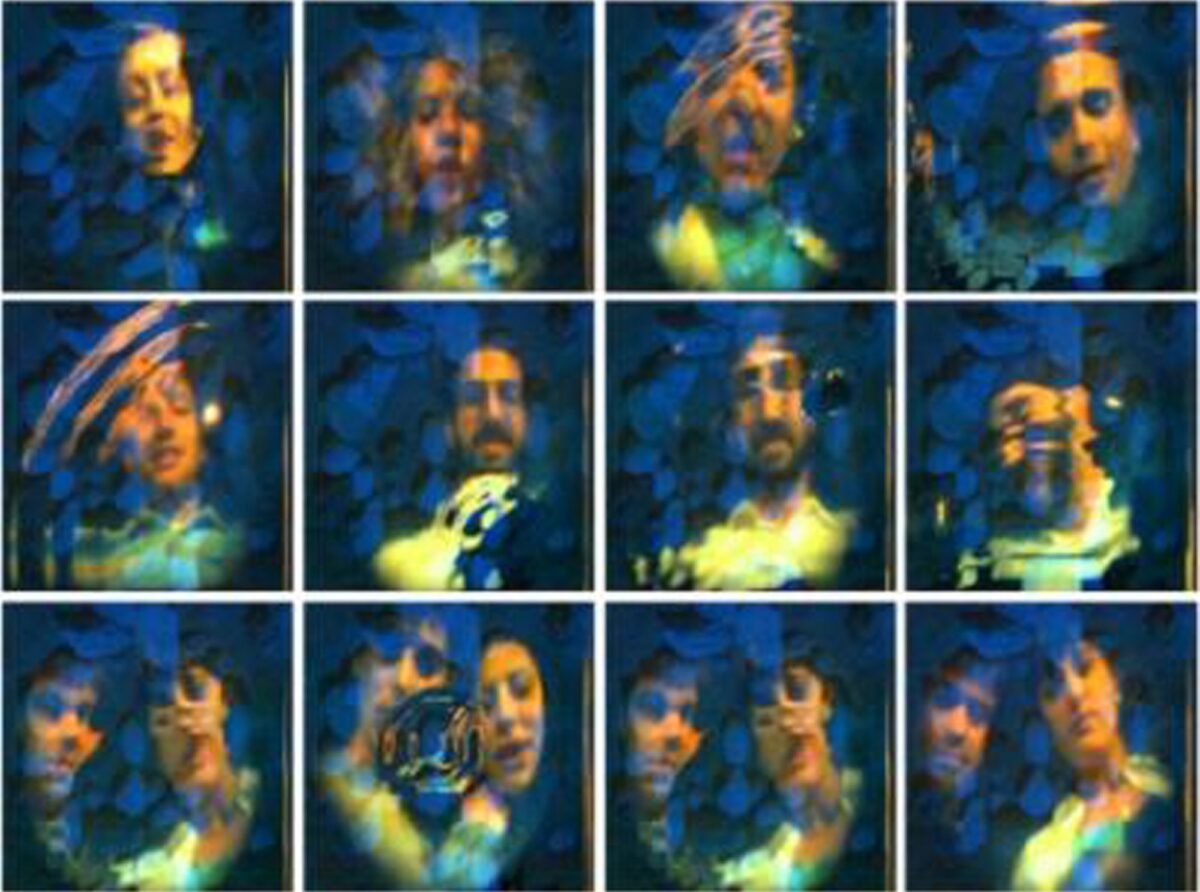
The exhibition will culminate with some of the earliest artistic experiments in virtual reality, which paved the way for today’s immersive digital technologies. Liquid Views 1992, an interactive installation by Monika Fleischmann and Wolfgang Strauss, will invite visitors to play with their image ‘reflected’ on a touchscreen that acts as a pool of digital water, while the video Inherent Rights, Vision Rights 1992 by Canadian First Nations artist Lawrence Paul Yuxweluptun will transport visitors into a virtual environment simulating mystical visions.
The exhibition is curated by Val Ravaglia, Curator, International Art, and Odessa Warren, Assistant Curator, International Art (Hyundai Tate Research Centre: Transnational), Tate Modern, with Kira Weinstein, Research Assistant.
Electric Dreams: Art and Technology Before the Internet 28th November 2024 – 1st June 2025
Tate Modern
Featured artists
Rebecca Allen; Marina Apollonio; Manuel Barbadillo; Alberto Biasi; Vladimir Bona?i?; Davide Boriani; Martha Boto; Pol Bury; Harold Cohen; Analivia Cordeiro; Waldemar Cordeiro; Carlos Cruz-Diez; Charles Csuri; Computer Technique Group; Dadamaino; Atul Desai; Lucia Di Luciano; Ivan Dryer and Elsa Garmire; E.A.T.; Monika Fleischmann and Wolfgang Strauss; Herbert W. Franke; Brion Gysin; Samia Halaby; Hervé Huitric and Monique Nahas; Edward Ihnatowicz; Eduardo Kac; Hiroshi Kawano; Ben Laposki; Julio Le Parc; Ruth Leavitt; Liliane Lijn; Heinz Mack; Robert Mallary; Mary Martin; Almir Mavignier; Gustav Metzger; David Medalla; Tatsuo Miyajima; Manfred Mohr; Vera Molnar; François Morellet; Tomislav Mikuli?, Fujiko Nakaya; Frieder Nake; Georg Nees; Akbar Padamsee; Nam June Paik and Jud Yalkut; Ivan Picelj; Otto Piene; Günther Uecker; Paolo Scheggi; Lillian F. Schwartz; Sonia Landy Sheridan; Aleksandar Srnec; Jesús Rafael Soto; Vera Spencer; Takis; Atsuko Tanaka; Jean Tinguely; Franciszka Themerson; Suzanne Treister; Wen-Ying Tsai; Grazia Varisco; Steina and Woody Vasulka; Mohsen Vaziri Moghaddam; Miguel Ángel Vidal; Nanda Vigo; Stephen Willats; Katsuhiro Yamaguchi; Lawrence Paul Yuxweluptun; Edward Zajec



